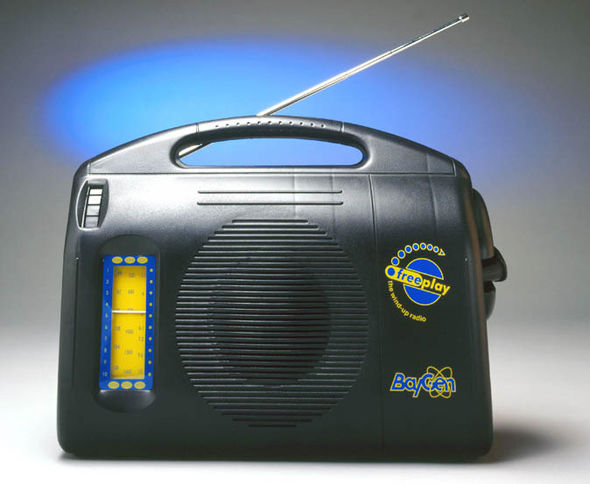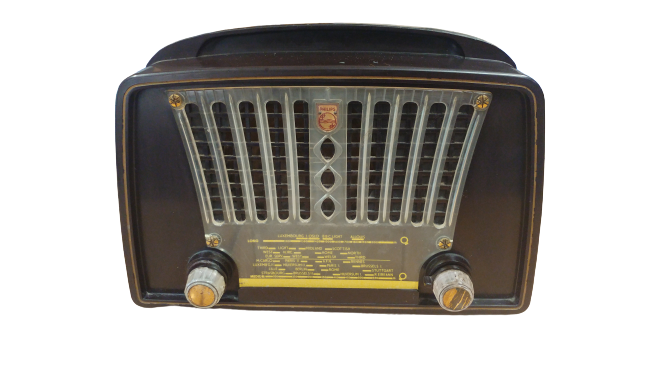 We have a 1970s Indesit Portable Television in our Technology through Time Collection.
We have a 1970s Indesit Portable Television in our Technology through Time Collection.
The portable television is housed in the orange plastic, which is typical of the fashion of this era. It was the only television which Indesit put on the market. It was black and white and had six channel selection buttons and two built-in VHF antennas. A circular UHF antenna could also be connected.
The number of households owning a television rose steadily every year since 1956 when figures started being collected. The first survey found 5.7 million households - about one in three - owned a television. By the 1970s, 93% of homes were able to watch programmes in their homes.
The 1970s saw significant changes in television programming. Trends included the decline of the "family sitcoms" and rural-oriented programs to more socially contemporary shows and "young, hip and urban" sitcoms in the United States. It also saw the permanent establishment of colour television in the United Kingdom.
 The crystal radio set was first used in the early 1900s. Scientists had noticed that forms of crystal would detect radio waves. As broadcasting became popular in the 1920s the crystal radio was used almost exclusively until vacuum tube or thermionic valve technology enabled amplifiers to be introduced.
The crystal radio set was first used in the early 1900s. Scientists had noticed that forms of crystal would detect radio waves. As broadcasting became popular in the 1920s the crystal radio was used almost exclusively until vacuum tube or thermionic valve technology enabled amplifiers to be introduced. Trevor Baylis invented the wind-up radio after watching a programme on the spread of HIV-AIDs in Africa in 1991. His first working prototype ran for 14 minutes and was featured on BBC Tomorrow's World TV programme in 1994.
Trevor Baylis invented the wind-up radio after watching a programme on the spread of HIV-AIDs in Africa in 1991. His first working prototype ran for 14 minutes and was featured on BBC Tomorrow's World TV programme in 1994. We have a 1970s Indesit Portable Television in our Technology through Time Collection.
We have a 1970s Indesit Portable Television in our Technology through Time Collection. We have a 1954 Phillips Radio in our Technology through Time Collection.
We have a 1954 Phillips Radio in our Technology through Time Collection. We have a 1950s TV 22 Bakelite Television in our Technology through Time Collection.
We have a 1950s TV 22 Bakelite Television in our Technology through Time Collection.